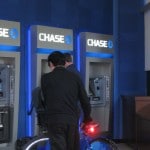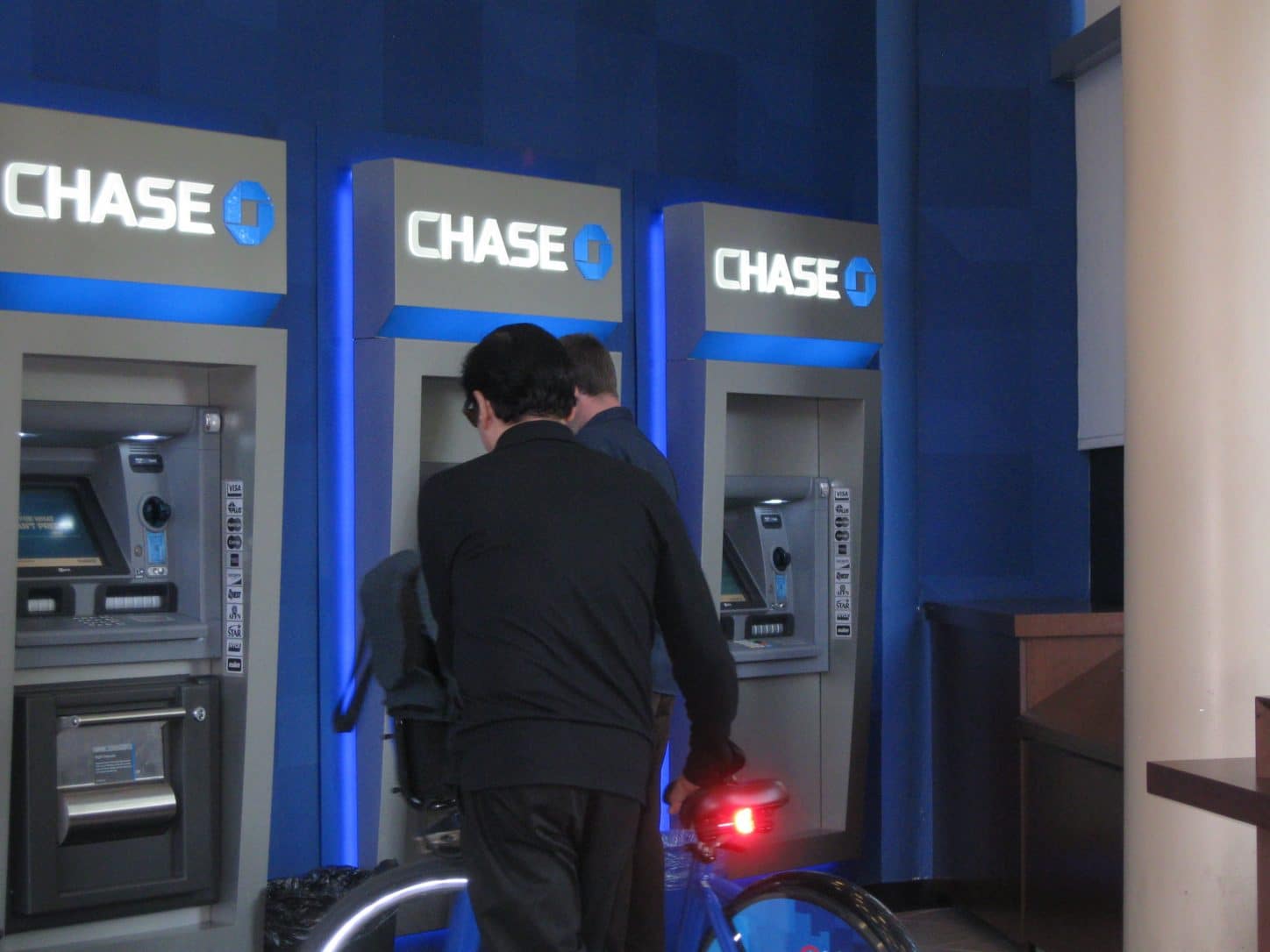by Tanvir Rahman Toy
I remember sitting in my freshman English class thinking about what to write about for my first research paper. This was back in 2001 and the Dream Act was just introduced in the Senate. It seemed like the perfect subject. I’m undocumented and the Dream Act sounded like it would make life better for people like me. I was full of enthusiasm and hope.
The paper was pretty good and the professor liked it. But most of all I was excited about the possibilities that lay ahead for me and millions of others.
Now, in 2014, my optimism is gone. Can you blame me? It’s time for immigration reform.
I know I’m not alone. It’s been a frustrating road for those of us who want to be legal and move on with our lives. Instead, an estimated 11 million undocumented immigrants are victims of political battles between the left and right.
Why should undocumented immigrants matter to Washington? Immigrants can’t vote. And our voices are not as important as the voice of those who make huge political contributions.
President Obama seemed like he was interested in immigration reform. But his administration deported 369,000 immigrants in 2013 and 410,000 the year before, according to statistics from the Department of Homeland Security.
I’m frustrated with the political banter between the political parties. I’m frustrated that no one seems to care about the hard-working undocumented immigrants who do tough jobs to support their families and get paid very little. People I know work long hours and have few days off. Take my friend Jose. He works six days a week as a chef and busboy to support a wife and two kids. My 65-year-old friend Robert works seven days a week because he needs every penny he earns. He has no retirement plan and no prospect of getting Social Security.
I’m frustrated that so-called smart people don’t understand the basic economics about how legalizing undocumented immigrants will actually help the economy. Recent studies, from the right, left and middle, indicate that there are big benefits for the country.
The left-leaning Center for American Progress estimates that legalizing undocumented immigrants could boost the country’s gross domestic product from $832 billion dollars to $1.4 trillion dollars.
The Congressional Budget Office (CBO) estimated that if the immigration reform bill that passed the Senate in June 2013 became law, it would reduce the federal deficit by almost a $1 trillion over 20 years. It would help the economy overall without hurting U.S. workers.
And a report written by a Douglas Holtz-Eakin, former CBO director, for the conservative American Action Forum estimated that immigration reform has the potential to decrease the cumulative federal deficit by more than $2.5 trillion over just 10 years.
But somehow the message isn’t getting through.
I’m frustrated that politicians play semantics with words like amnesty and reform. I work legally thanks to the Deferred Action For Childhood Arrivals Program, but I’m not able to travel overseas to see my family. Immigration reform proposals under discussion won’t change that. I would still have to wait 5 to 10 years to travel abroad.
I came here as little boy 20 years ago. I’m ready for an immigration bill that will allow people who have been working in the United States, and contributing to the economy, to get their Green Cards quickly. I’m ready to see parents reunited with their children. I’m ready for the day that my mother and father can get their Green Cards and leave the United States to see their two oldest sons and then return to the U.S., the country they love and have made their home.








 The FBI considers this a “Work At Home Scam” and offers the following tips to avoid scams:
The FBI considers this a “Work At Home Scam” and offers the following tips to avoid scams: 






